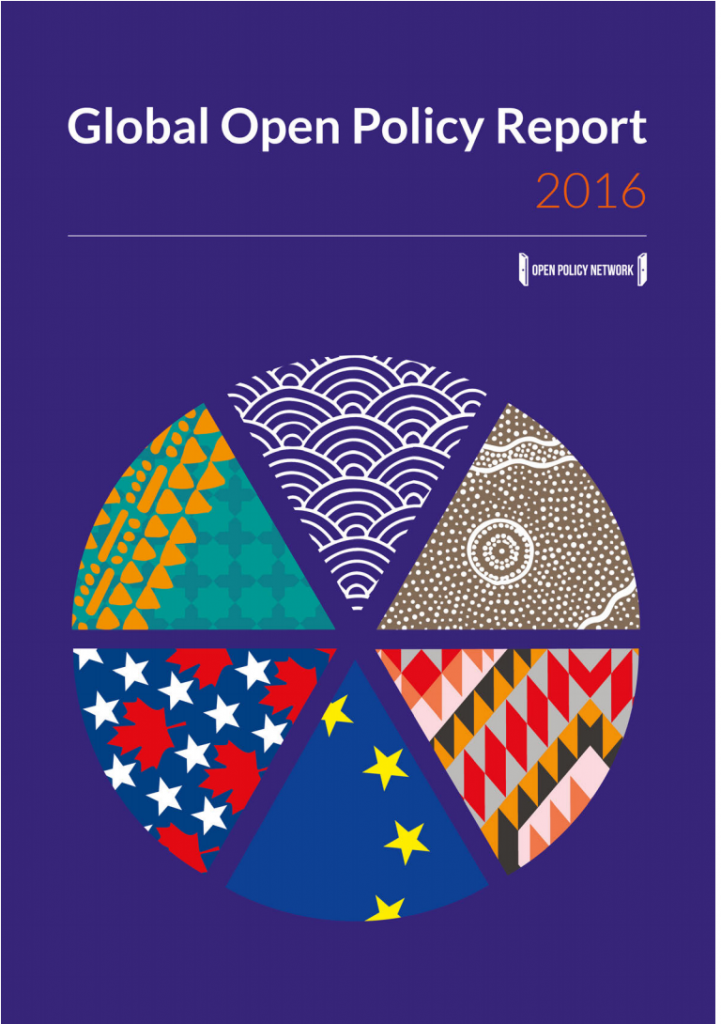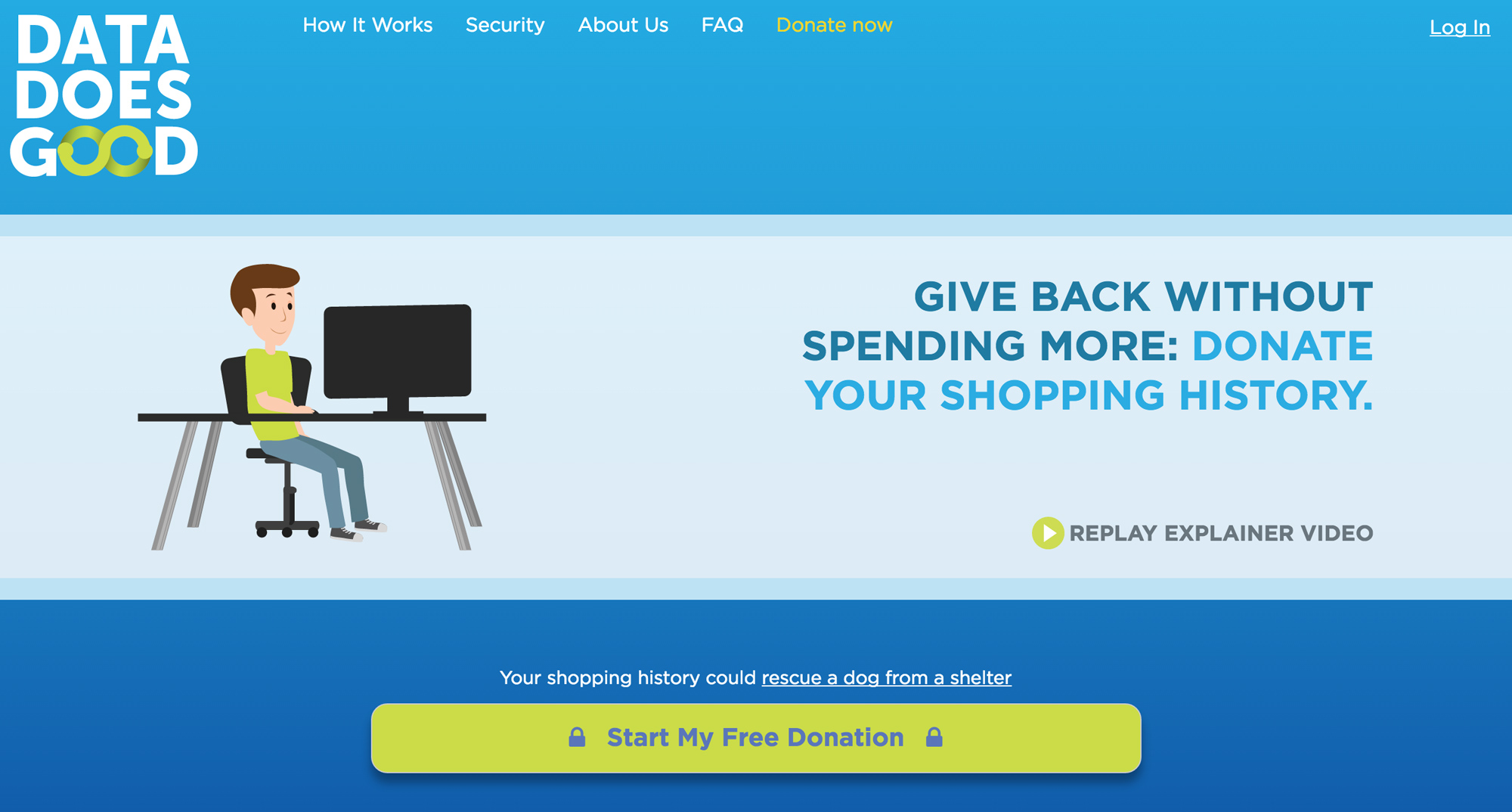Hollie Russon Gilman at TechCrunch: “While gridlock has taken hold in a paralyzed Washington, D.C. mayors across the country are taking a pragmatic approach to solving local problems and its time for tech to reach out to them….
The United States has 3,0007 counties. And all of them have an appetite to shift the momentum from the federal government to the communities where people live and work. This can’t just involve coastal cities or urban areas within states. Rather, after Trump’s election, now is the moment to redouble policy efforts in communities across the country from states to rural counties.
Cities from Chicago, Los Angeles, Boston, to New York have been leading the way to think about how to provide better services and engagement opportunities. They’ve been exciting places where rich networks of talent from academia to philanthropy have been helping foster ecosystems to catalyze new policy solutions….
There are a host of illustrative experiments occurring across communities that are leveraging policy innovation, data, and technology for more responsive and inclusive governance. The engagements that work focus on process to ensure that diverse stakeholders are a part of decision making….
Wisconsin:
In Eau Claire, Wisconsin a local organization called Clear Vision is teaming up with stakeholders on a poverty summit to reduce the number of people living poverty in income insecurity and build more resilient and inclusive communities. Citizen action groups will work on key issues they identify as part of the engagement process.
A key component of this poverty summit is to bring in traditionally marginalized communities into the process including low-income households, rural poor, youth and black and Hispanic communities. There is even a community-supported, nonprofit journalism site to support the local work in Eau Claire, Chippewa, and Dunn counties….
Oregon:
In Oregon, a “Kitchen Table” is enabling residents from across the state to contribute ideas, resources, and feedback to inform public policy. The Kitchen Table enables public officials to consult with representatives about key policy areas, crowdfund, and micro-lend for local startups and community businesses….
Another practice in Oregon is the Citizens Initiative Review, where a representative sampling of citizens convenes for deliberations over several days to discuss state ballot measures. After being established by the state’s bipartisan legislature in 2009, there have been six random representative samples of citizens for multi-day deliberations to draft voting guides written for the people, by their neighbors….
This requires tapping into existing networks and civic organizations, leveraging data, technology and policy innovations, and re-shifting our focus from federal policy towards building an infrastructure of governance that is durable through collective development and buy-in from people…(More)”



